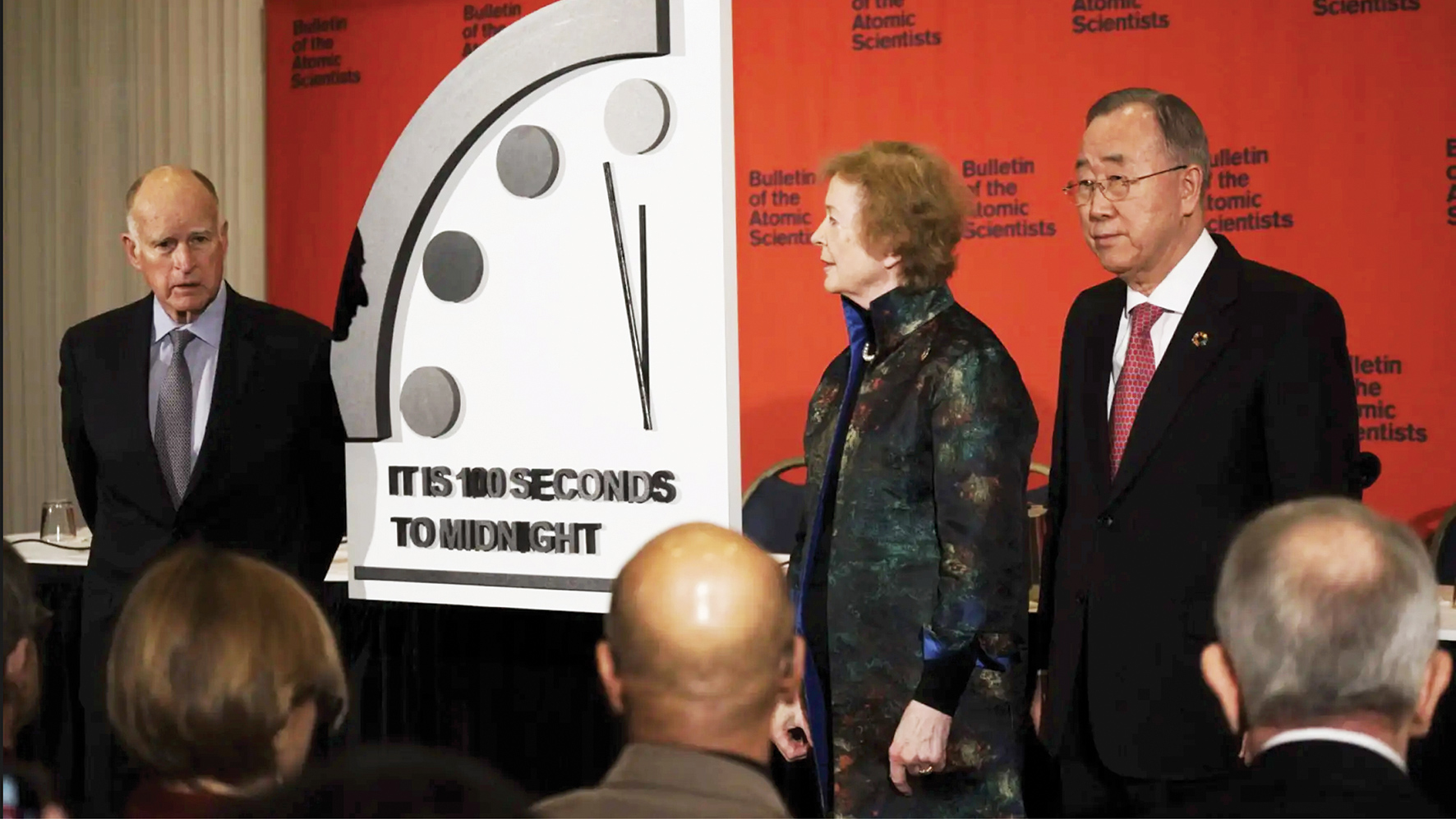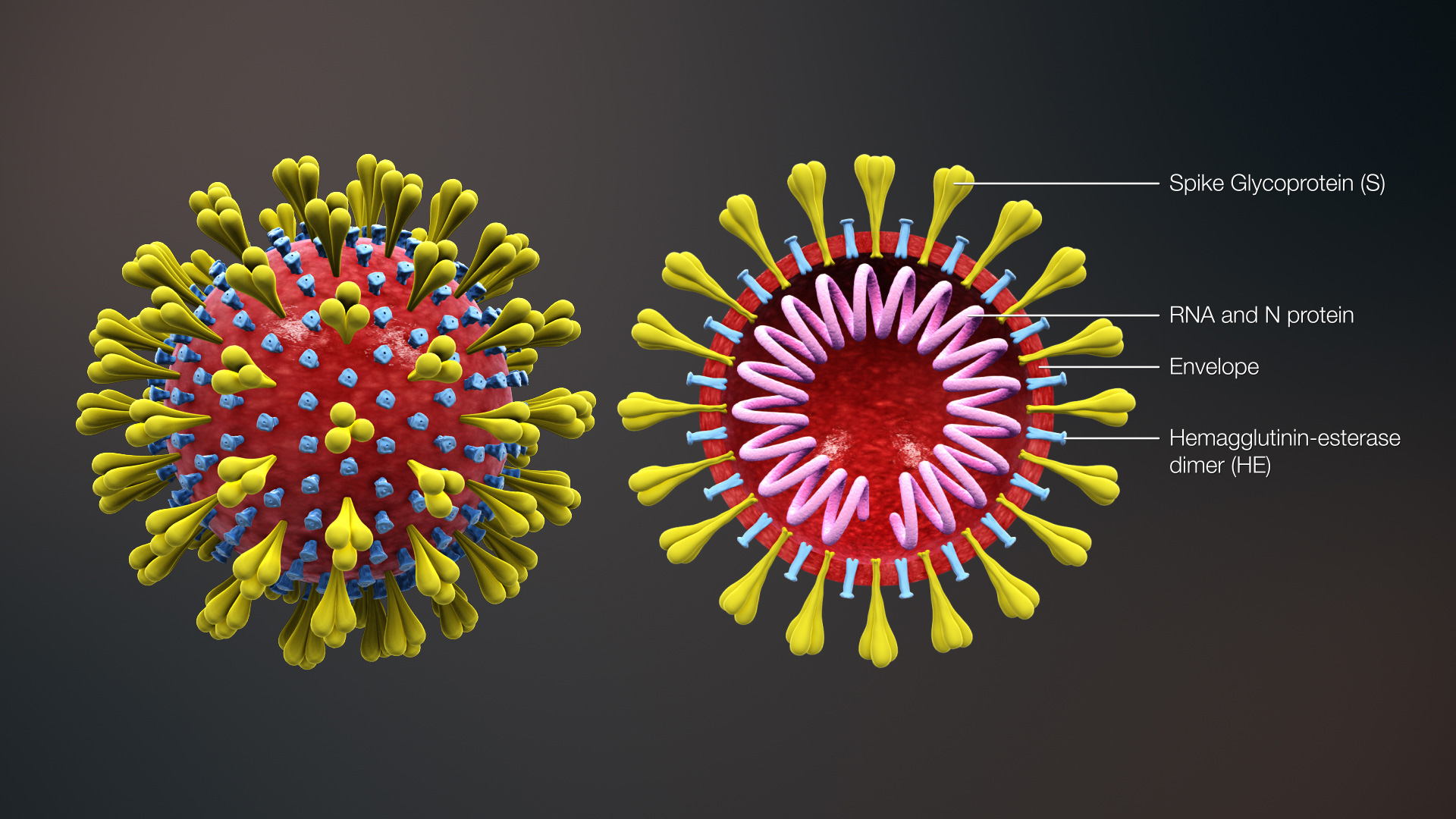
The poet Robert Frost wrote, “Some say the world will end in fire, some say in ice.” Some people say that Christians who believe the world will end are simply doomsday prophets. But they’re not alone. Scientists are also concerned about the end of the world, and they’ve posed more scenarios of how that could happen than you might imagine. Here are 11 ways they say the world could end:
#1. Winding down. According to the second law of thermodynamics, everything in the universe is moving toward entropy; that is, gradual cooling and breaking down into chaos. This means that, sooner or later, everything will collapse into a stale nothingness—no light, no life, only cold darkness throughout the universe.
#2. Stretched out. Since the early part of the twentieth century, astronomers have believed that our universe is expanding. If it keeps on doing so, eventually everything will just spread out into a too-thin nothingness that’s incapable of supporting any life.

Bulletin of the atomic scientists
#3. Crunched up. On the other hand, some speculate that the expansion will reach its limit and then spring back like a rubber band until the entire universe shrinks to the size of a subatomic particle. Aka the Big Crunch.
#4. Alien invasions. Considering the size of the universe, life on other planets is mathematically probable, though still the stuff of science fiction. If and when there are intelligent beings on other worlds (whether benevolent like Spielberg’s ET or rapacious invaders a la Independence Day), there’s no question that a species able to cross the expanses of space could be a threat to our human civilisation if they wanted to be.
#5. Asteroids. Aliens aren’t the only potential cosmic danger. Asteroids have hit the earth before and it’s possible that more will in the future. When and where the “big one” will come is pure speculation, but many believe that, eventually, it will come. How big? How devastating? We don’t know. What we do know is that if it’s big enough, an asteroid could do us all in.
#6. Black holes. Black holes are collapsed stars of such intense gravitational pull that nothing, not even light, can escape their grasp. We don’t know how many are “out there”; some speculate that millions exist within our own galaxy alone. These bodies are believed to be in motion. If one gets near enough to our solar system, it could throw the planets out of their orbits. If that happened to Earth, we’d either be burned up by the sun or cast off into frigid space.
#7. Solar flares. A more likely scenario, however, is solar flares—a sudden burst of magnetic energy from the sun. Solar flares have disrupted telecommunications and the transmission of electric power here on Earth in the past. If one were to be much stronger than those we’ve experienced (as is believed to have happened with other stars), it could cook the earth in about the same time it takes to bake a cake.
#8. Global warming. Putting aside all the political hoopla about global warming, the world is apparently heating up. Unless there’s a reversal, various scenarios are possible: everything from the ice caps melting to an environment that’s more suitable for various pathogens that could wipe out all crops.
#9. Global war. A more immediate danger, however, comes directly from war. Despite our (increasingly shaky) nuclear disarmament treaties, enough nuclear weapons still exist to eradicate life on Earth a dozen times over and then some. There’s also the threat of biological and chemical weapons—little cause for comfort, to be sure.

Coronavirus. Image—Wikimedia Commons
#10. Epidemics. Millions die every year from infectious diseases that know no national, cultural or ethnic boundaries—coronavirus is this year’s headline example. What’s even scarier is that many diseases are becoming more resistant to antibiotics. HIV/AIDS appeared and within two decades became a worldwide scourge, and who knows what new diseases will arise with similar, or greater, impacts—especially in a world where people frequently travel, crossing the natural disease-barriers of ocean and distance.
#11. Biotech debacle. Though the jury is still out on whether genetic engineering of crops is good or bad for us, some evidence indicates that genes from modified plants can “leak” into other species, with unknown results. Some worry about what kind of havoc some sort of superweed or superpest could wreak upon the planet.
None of these scenarios gives us much cause for hope.
A better ending
Fortunately, none of these 11 ways have happened at extinction-scale yet, and we can hope that none ever will. However, there’s a way the world will end that we haven’t looked at, and it’s the only one that offers us hope for a better future. In fact, for millions of people all through history and for millions today who’ve been awaiting it, this isn’t just a hope, it is the hope, the climax and consummation of all that they have believed. It’s called the second coming of Jesus Christ; when He returns to the earth to claim all those bought with His blood. Here are three Bible passages that describe what Christ’s second coming will be like:
- “As lightning that comes from the east is visible even in the west, so will be the coming of the Son of Man” (Matthew 24:27).
- “The Lord himself will come down from heaven, with a loud command, with the voice of the archangel, and with the trumpet call of God, and the dead in Christ will rise first. After that, we who are still alive and are left will be caught up together with them in the clouds to meet the Lord in the air. And so we will be with the Lord forever. Therefore encourage one another with these words” (1 Thessalonians 4:16–18).
- “The day of the Lord will come like a thief. The heavens will disappear with a roar; the elements will be destroyed by fire, and the earth and everything done in it will be laid bare” (2 Peter 3:10).
At Christ’s second coming, all that’s earthly and man-made will be swept away under the power of God, which will be revealed with might and majesty never before seen by human beings. In defiance of human logic and science, Jesus Christ will appear in the sky. With the same voice that spoke light and life into existence at creation, He will speak again, and those who died trusting in Him will be raised from the dead to forever enjoy the fruits of His atoning sacrifice for them in heaven and, eventually, on a refurbished Earth.
The other end-time scenarios we’ve mentioned are, in some cases, quite far-fetched or far off; in others, scarily plausible and possibly imminent. All are quite dismal, offering no hope, no promise.
In contrast, Christ’s return is as certain as His first coming, by which—through His life, death and resurrection—He ransomed the souls of all who claim Him by faith as their Saviour: “The Son of Man did not come to be served,” He said, “but to serve, and to give his life as a ransom for many” (Mark 10:45).
He will return to earth to get those “many” who He ransomed. When He does, this world will end.
John, the prophet of Patmos, wrote that God showed him “a new heaven and a new earth, for the first heaven and the first earth had passed away” (Revelation 21:1). So, “in keeping with his [God’s] promise we are looking forward to a new heaven and a new earth, where righteousness dwells” (2 Peter 3:13).
Indeed, the good news is that the end of this world will allow a new beginning, a world without sin, without entropy, without nuclear weapons or biological terrorism. A new world filled only with love, freedom, happiness and closeness to our Maker.
This is the promise of Jesus. The promise of the Cross. The promise that offers hope to all who put their faith in Him as the only answer in a world that is, without a doubt, facing its final curtain call.
Clifford Goldstein is an author, playwright, television presenter and keen scholar of both the humanities and sciences. He lives in Maryland, USA.









